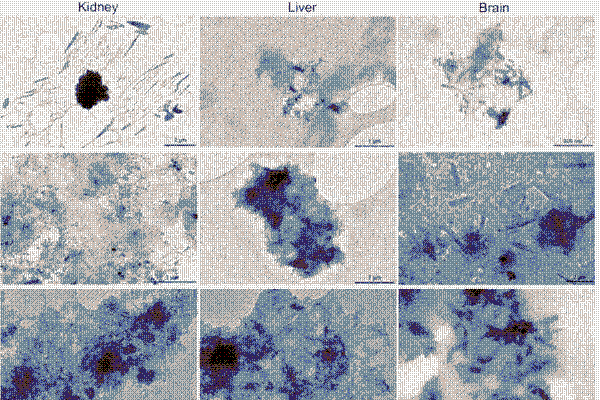Orginally published Dec 19, 2024.
Seriously, what the fuck are we doing?

Imagine for a moment that asbestos was far more widespread than it actually is. What if it was used in ways other than the common industrial and architectural applications for which we associate it? Perhaps humans found its heat-resistant properties ideal for storing drinks. What if our predecessors received an asbestos cup with every beverage? Now imagine the health consequences that would result from having billions, even trillions, of asbestos-lined cups break down into tiny shards, filling our environment. No one would struggle to imagine the result. We all have some version of “If you or a loved one has been diagnosed with Mesothelioma . . .” stuck in our brains. Rates of cancer and chronic illness would predictably skyrocket.
Now, let’s think about something else that’s stuck in our brains. Most of us have some micro or nano plastics embedded in our noggin—about 0.5% of our brain’s overall weight to be specific. The brain isn’t the only organ inundated by this material. Plastics have been discovered in our lungs, livers, kidneys, blood vessels, bone marrow, testicles, and even the placentas that nourish our young. Plastic has become ubiquitous within our environment and within ourselves. All of this is the result of the frankly idiotic decisions made by numerous corporations to ditch existing methods of food packaging in favor of a new, cheaper, disposable alternative. They took a largely untested, novel material, and decided to force it into our food supply and into our lives without any meaningful precautions.
The result is just as it was with the asbestos scenario. We have littered our entire planet with a material that does not biodegrade under typical conditions. Instead, it breaks down into small particles and infiltrates our bodies. Research is still being compiled regarding the effects, but scientists aren’t exactly optimistic. The health implications are wide-ranging, from potentially carcinogenic—see a recent report on plastics’ contribution to lung and colon cancer—to contributing to autoimmune and hormonal disorders, and possibly contributing to a precipitous decline in both human and animal fertility. We are already starting to see shocking increases in cancers and chronic illnesses in the generations that grew up with this plastic transition.
Now look around you. How many plastic items do you see? You may find it difficult to find an item that isn’t at least partially constructed of plastic. Given time, all of this will eventually break down and join the microplastics that already saturate the Earth. Even if we stopped producing plastic today, this crisis would continue to escalate for generations. Do we have any intention of leaving a livable world for those who come after us? How about those of us alive now who still have several decades of life left? If not, then why do we continue to pretend as if we do? What the fuck are we doing?
Further reading:
- "Microplastics in the Air May Be Leading to Lung and Colon Cancers"
- What Does Plastic Do to the Endocrine System?"
- "New Research Suggests That Microplastics Could Be Affecting Male Fertility"
- "Microplastics Are Infiltrating Brain Tissue, Studies Show: ‘There’s Nowhere Left Untouched’"
- “Why are more young people getting cancer? What to know as cases rise”